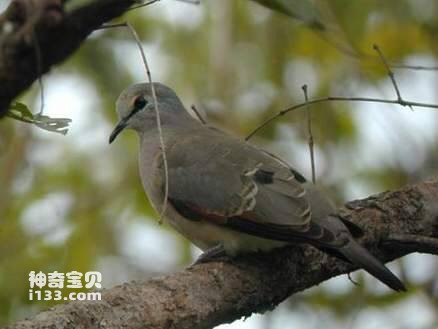
Turtur abyssinicus
Turtur abyssinicus,Black-billed Wood-dove
Turtur abyssinicus, also known as Black-billed Wood-dove, is unknown.Listed ···
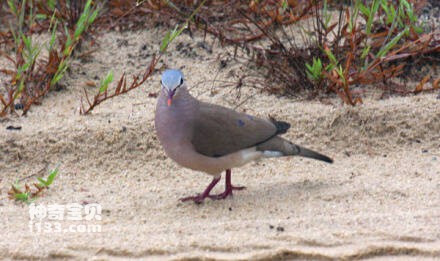
Turtur afer
Turtur afer,Blue-spotted Wood-dove,Blue-spotted Dove
Its scientific name is Turtur afer, and its foreign names are Blue-spotted W···
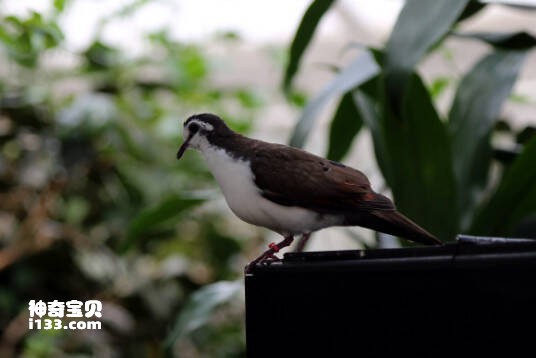
Turtur tympanistria
Turtur tympanistria,Tambourine Dove
Its scientific name is Turtur tympanistria, and its foreign name is Tambouri···
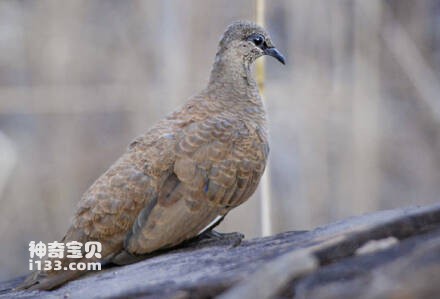
Petrophassa albipennis
Petrophassa albipennis,White-quilled Rock-pigeon
The scientific name Petrophassa albipennis, White-quilled Rock-pigeon, is un···
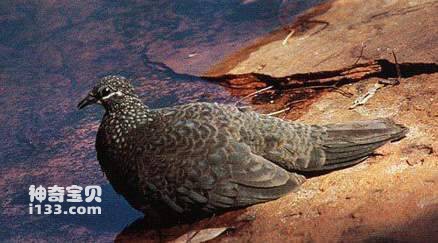
Petrophassa rufipennis
Petrophassa rufipennis
The scientific name Petrophassa rufipennis is unknown.Listed in the Internat···
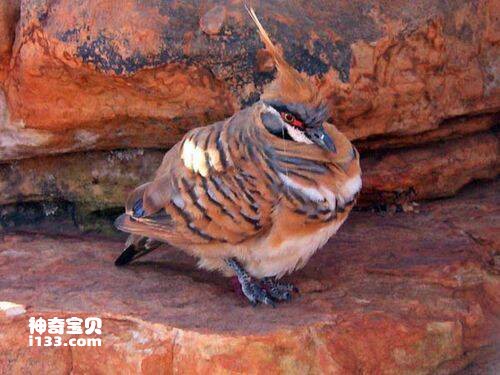
Geophaps plumifera
Geophaps plumifera,Spinifex Pigeon
Geophaps plumifera (Spinifex Pigeon, not known)Listed in the International U···
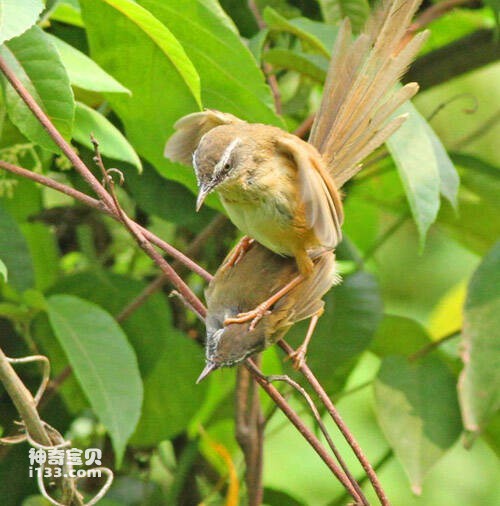
Turacoena modesta
Turacoena modesta,Slaty Cuckoo-dove
As modesta, Turacoena modesta, as Slaty Cuckoo-dove, is modesta.Listed in th···
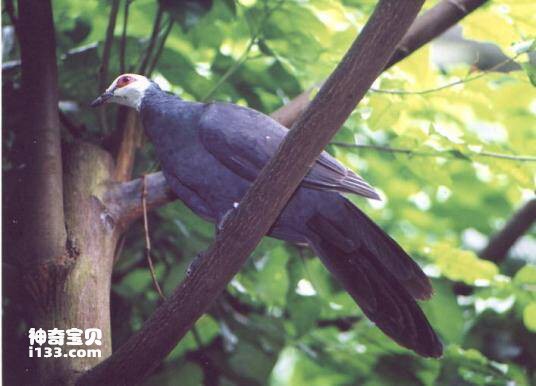
Turacoena manadensis
Turacoena manadensis,White-faced Cuckoo-dove,White-faced Dove
Its scientific name is Turacoena manadensis, and its foreign names are White···
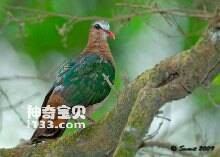
Chalcophaps indica
Chalcophaps indica,Emerald Dove,Common Emerald Dove
Emerald Dove (Chalcophaps indica) has nine subspecies: Emerald Dove and Comm···
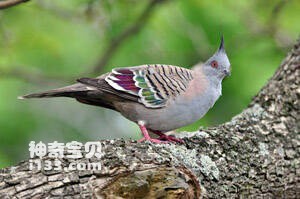
Ocyphaps lophotes
Ocyphaps lophotes,Crested Pigeon
The Crested Pigeon (Ocyphaps lophotes) has two subspecies.The most distincti···
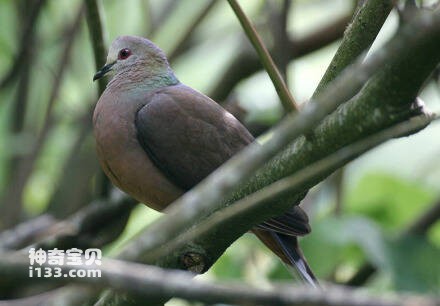
Columba larvata
Columba larvata,Lemon Dove,Cinnamon Dove
African pigeon names Columba larvata, Lemon Dove, Cinnamon Dove, specific ha···
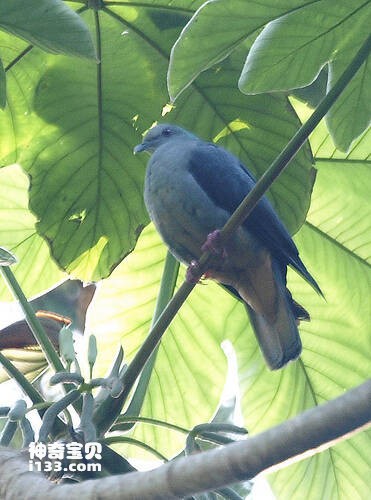
Columba malherbii
Columba malherbii,Sao Tome Bronze-naped Pigeon
Sao Tome Bronze-naped Pigeon: Columba malherbii, SAO tome bronze-naped pigeo···
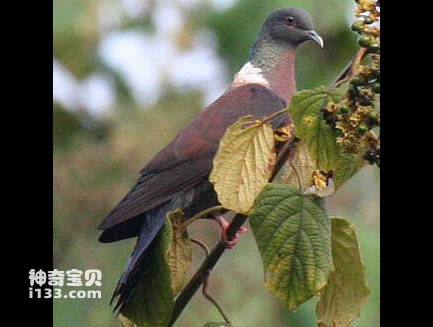
Columba iriditorques
Columba iriditorques,Western Bronze-naped Pigeon
The species Columba iriditorques, Western Bronze-naped Pigeon, is unknown.Li···

Columba delegorguei
Columba delegorguei,Eastern Bronze-naped Pigeon
Columba delegorguei, Eastern Bronze-naped Pigeon, unknown.Listed in the Inte···
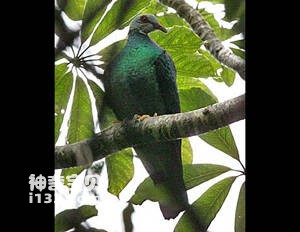
Columba pallidiceps
Columba pallidiceps,Yellow-legged Pigeon
The Yellow legged Pigeon is known as Columba pallidiceps or yellow-legged pi···
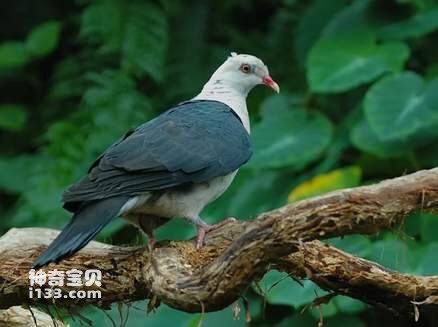
Columba leucomela
Columba leucomela,White-headed Pigeon
The White-headed Pigeon is Columba leucomela or white-headed Pigeon, but its···
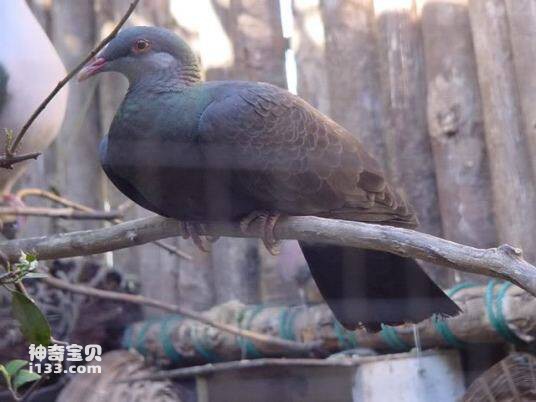
Columba vitiensis
Columba vitiensis,White-throated Pigeon
Columba vitiensis, also known as White-throated Pigeon, is unknown.It is lis···
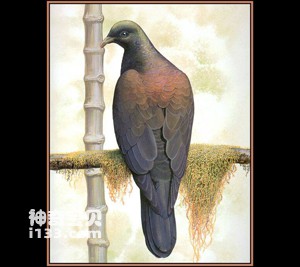
Columba versicolor
Columba versicolor
Columba versicolor, also known as the Ogasawara forest pigeon, is a pigeon u···
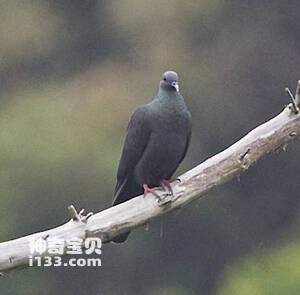
Columba janthina
Columba janthina,Japanese Wood Pigeon
The Japanese Wood Pigeon (Columba janthina) has three subspecies.Black wood ···
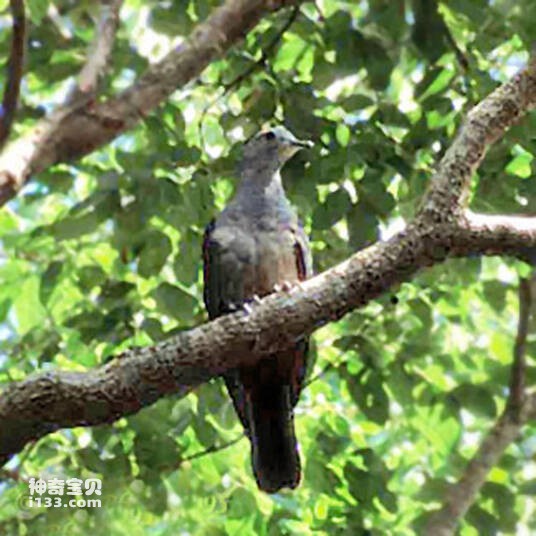
Columba palumboides
Columba palumboides,Andaman Wood-pigeon
The pigeon is Columba palumboides, and the foreign name is Andaman Wood-pige···
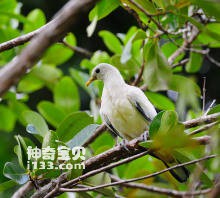
Columba argentina
Columba argentina,Silvery Wood-pigeon
Silvery Wood-pigeon, Columba argentina or silvery wood-pigeon, often lives w···
